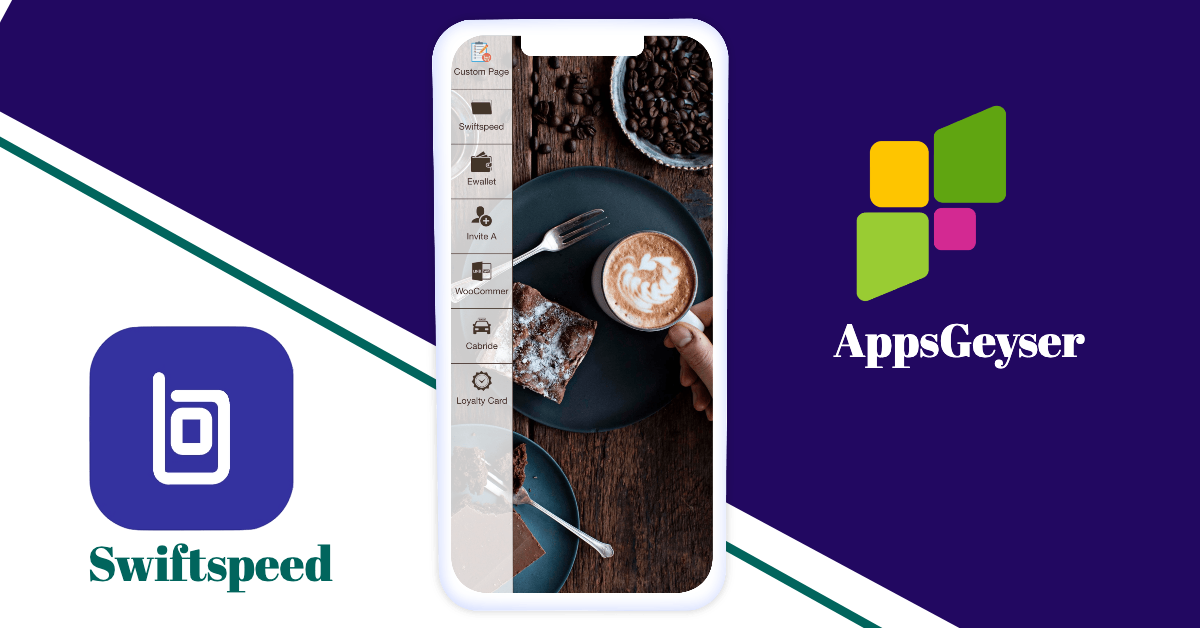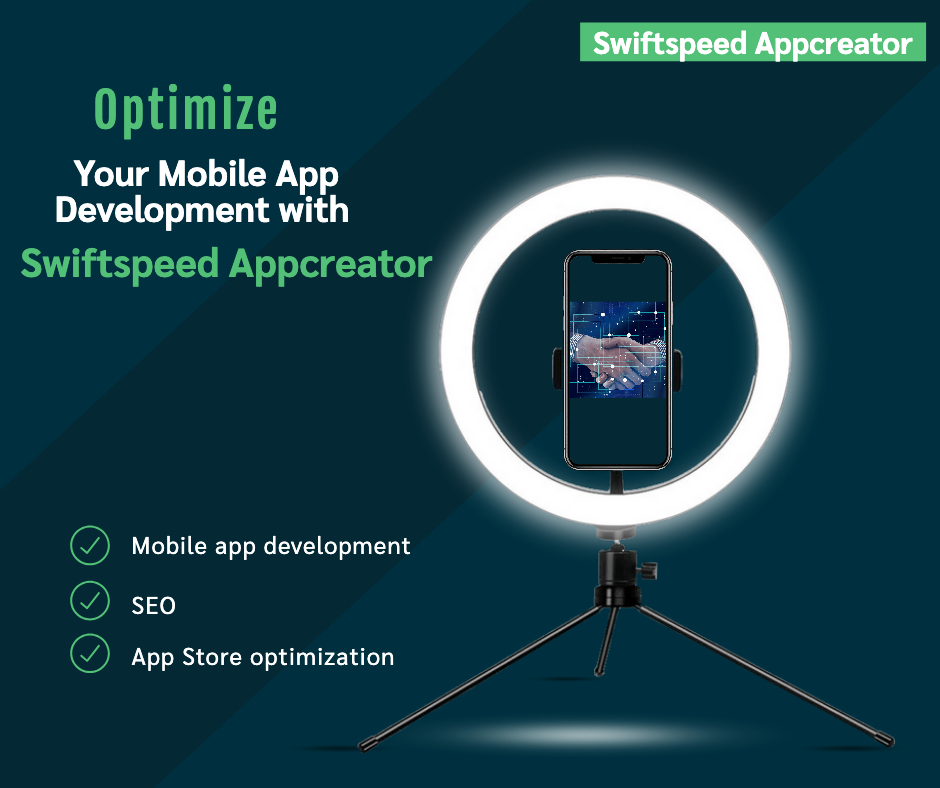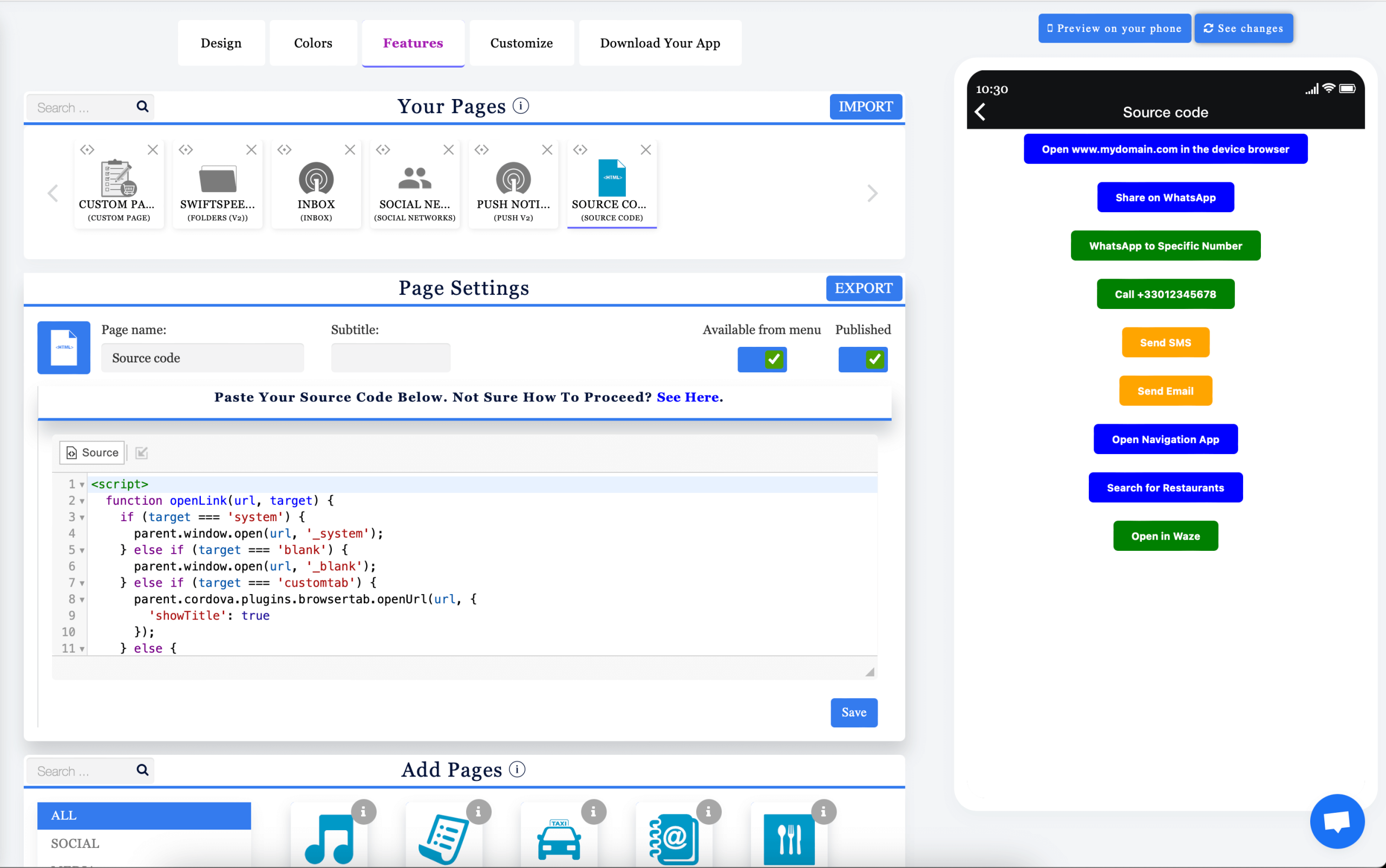Are you a dry cleaning or laundry business owner looking to boost your efficiency and reach more customers? Building a mobile app will be a game-changer for your business. Imagine streamlining your operations, offering convenient services, and enhancing the overall customer experience – all at your customers’ fingertips!
The on-demand economy has disrupted many traditional industries, with innovative apps providing increased convenience and accessibility for consumers. The dry cleaning industry is no exception, with dry cleaning apps emerging to bridge the gap between customers and local dry cleaners. In this guide, we’ll explore what dry cleaning apps are, their benefits, key features, and considerations for building your own to serve both dry cleaners and their customers.
👉🏾 Other Swiftspeed users were also interested in: Mobile OS Debate Between Android and iOS users
Dry cleaning apps allow users to conveniently order dry cleaning pickup and delivery from their smartphone. Customers can request service, pay, and track orders without having to visit the dry cleaner in person. For dry cleaners, apps provide tools for managing orders, customers, delivery, and more all in one place.
This guide is intended for those interested in developing their own dry cleaning app, whether you’re a dry cleaner looking to expand your business or an entrepreneur seeking a business opportunity. We’ll cover the must-have features these apps require, additional capabilities to stand out, technical and design considerations, and recommendations for testing and launch. Read on to gain insights into creating a seamless dry cleaning app experience.
Challenges Facing the Dry Cleaning Industry
The traditional dry cleaning model poses numerous challenges for owners, employees, and customers alike. Here are some of the biggest pain points:
- Lack of real-time visibility – Without software, owners and staff have no easy way to track orders, inventory, and operational data. This leads to inefficiencies. Customers also have no visibility into the status of their orders.
- Manual processes – Most dry cleaners rely on paper tickets, handwritten logs, and whiteboards to track orders. This is time-consuming, prone to errors, and makes scaling difficult.
- No customer profiles – With no centralized database, cleaners miss out on opportunities to build customer loyalty through profiles, order history, preferences, etc.
- Minimal marketing capabilities – Software provides email, SMS, and app push notification options to attract and retain customers. Most cleaners lack these capabilities.
- Limited payment options – Cash and checks dominate, while most customers prefer the convenience of credit/debit cards, Apple Pay, etc. This impacts customer retention.
- Lower productivity – Reliance on manual processes hampers productivity. Employees spend more time on mundane tasks than on value-added services.
- Lack of mobile capabilities – With no apps or mobile sites, cleaners miss out on the convenience, speed, and flexibility that come with mobile access.
The right software and app can help dry cleaners overcome these challenges. Automation, digitization, and mobile access provide real visibility, efficiency, and modern experiences that customers expect. This opens significant opportunities for growth.
Key Features of a Dry Cleaning App
There are key features which every well-designed dry cleaning app needs to have:
Ordering and Scheduling
- Allow customers to book a pickup and dropoff date and time for their clothes to be cleaned. A great app provides an optimized booking experience showing delivery slots and letting users pick a convenient time.
- Enable customers to schedule regular recurring pickups, like weekly or biweekly. Recurring orders are a major convenience.
- Allow customers to specify any special care instructions for particular items.
Payment Processing
- Securely collect payments and process transactions through the app, with options like credit card, Apple/Google Pay, etc.
- Offer promotions or loyalty programs to encourage repeat business.
- Generate digital receipts customers can access in the app.
Notifications and Reminders
- Send customers notifications when pickup is scheduled, when clothes are ready, and for any delays.
- Allow push notifications for important alerts.
Item Tracking
- Give customers visibility into each item’s status during cleaning – when picked up, in progress, and complete.
- If possible, allow customers to see their individual items listed and tracked.
Customer Support
- Have in-app communication like chat, emails, or calls to resolve any issues.
- FAQs, store locations, hours, and contact info should be easy to find.
Pickup/Delivery Logistics
- Integration with maps, routes, and driver tracking allows efficient pickups and drops.
- Drivers can update their status and get customer details/instructions.
Additional Features to Consider
While the core features of a dry cleaning app focus on pickup, delivery, tracking, and payment, there are a number of optional features that can provide additional value for users.
- Loyalty Programs
Implementing a loyalty or rewards program can help encourage customer retention and increase order frequency. For example, after a certain number of orders, customers could get a free dry cleaning item or a percentage discount on their next order. The app could track loyalty points and special offers.
- Suggest Nearby Locations
If operating multiple dry cleaning locations, the app could use geolocation to detect the user’s current location and suggest the nearest pickup/drop-off points. This makes the pickup and delivery process more convenient.
- Route Optimization
Route optimization algorithms can find the most efficient routes for pickup and delivery based on the locations of customers and dry cleaning stores. This can save on transportation costs and make sure drivers maximize deliveries per shift.
- Appointment Bookings
Allow customers to book specific pickup and delivery windows instead of vague “morning” or “afternoon” timeframes. This gives users more certainty on when to expect their orders.
- Push Notifications
Notifications can remind users about scheduled pickups/deliveries, alert them when an order is ready, communicate promotions, etc. But notifications should be relevant and not overused.
- In-App Chat
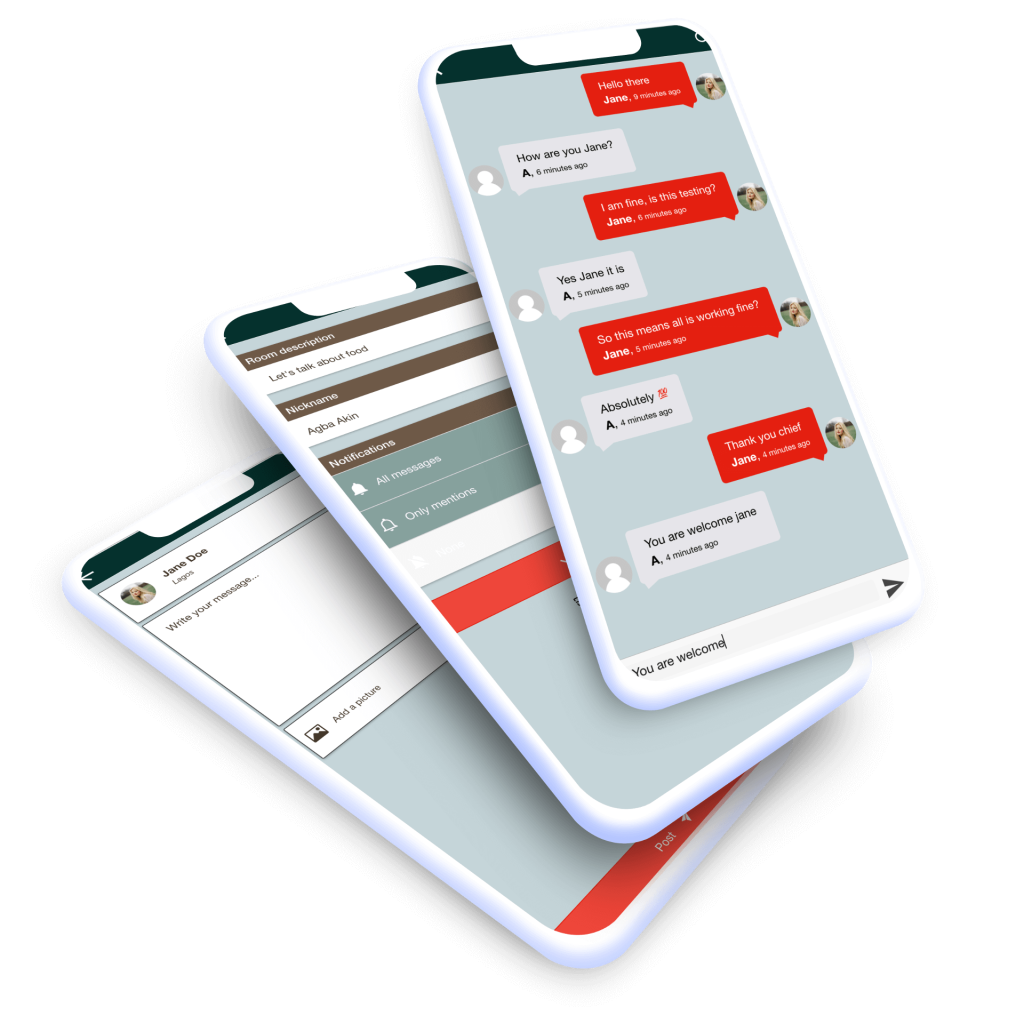
Chat allows real-time communication between customers and dry cleaners for a more personalized experience. Users can ask questions or get status updates on their orders.
- Reviews & Ratings
Reviews and ratings build social proof and help customers evaluate service quality. The app should make it easy for users to leave feedback on the overall experience.
👉🏾 Other Swiftspeed users were also interested in: A Complete Guide to Mobile App Development in 2024
User Types and Needs
A dry cleaning app needs to serve multiple types of users and understand their different needs. Here are the key user groups:
Customers
Customers want an easy way to request dry cleaning services and track the status of their orders. Key needs include:
- Submit pickup and delivery requests
- Schedule services around their availability
- View real-time order status updates
- Make payments through the app
- Access order history and receipts
- Browse services and pricing
- Contact customer support
Staff
Staff at the dry cleaner’s location need to efficiently manage incoming orders and fulfillment. They need to:
- View order details and customer instructions
- Update order status as work is completed
- Enter payment and order details
- Assign orders to drivers for delivery/pickup
- Lookup customer accounts and history
- Add notes or updates to orders
- Contact customers if there are issues or questions
Drivers
Drivers need optimized routes and tools to complete pickups and deliveries. Key features include:
- View daily pickup and delivery schedule
- Optimal driving routes mapped out
- Call/message customers when arriving for pickup/delivery
- Scan or enter confirmation when orders are fulfilled
- Notify staff about any customer issues or delivery problems
Owners/Managers
Owners and managers need insights into the business and tools to oversee operations. They require:
- Sales and order reporting
- Driver tracking and accountability
- Inventory management
- Customer profiles and order history
- Marketing tools like promotions and email campaigns
- Performance metrics and analytics
User Flow and Interface Design
Map out the step-by-step user journey through the app with wireframes or prototypes.

This will help you visualize how a customer will interact with the app and what screens they will navigate through:
- Landing page/home screen – This is the first screen a user sees when they open the app. It should have clear call-to-actions to get started, like “Book a Pickup” or “Track Your Order.”
- Sign up/login – Allow users to create an account or log in into an existing account. This gives you access to customer profiles.
- Service options – List the services you offer, like laundry, dry cleaning, ironing, etc. Users can select the services they want.
- Pickup/delivery – Give options for pickup and delivery with details like location, date, and time. Users should be able to see pickup/delivery windows.
- Payment – Securely collect payment from users via credit card, Apple Pay, Google Pay, etc.
- Order confirmation – Show a summary of the user’s order with details and total cost.
- Order tracking – Let users track their orders with statuses like “Confirmed”, “In progress”, “Ready for pickup/delivery”.
- Notifications – Send push, email, or text notifications for order status updates, promotions, etc.
- Profile/account – Let users manage their profile, saved addresses, payment methods, order history, etc.
- FAQs – Answer frequently asked questions.
- Contact – Provide contact information for customer support.
Use wireframes and user flow diagrams to map out the journey visually. Follow best practices for mobile app UI design like clear navigation, consistent layout, responsive design, etc. Gather feedback from users early and iterate on the prototypes.
Technical Considerations
When developing a dry cleaning app, some key technical decisions need to be made early on. These include:
- Platform – Decide if the app will be native iOS, native Android, cross-platform, or web-based; businesses can also consider using a no-code app creator platform like Swiftspeed. Native apps provide the best user experience but require developing for each platform separately. Cross-platform frameworks like React Native allow faster development across platforms but may sacrifice some native functionality. Web apps work across devices but lack access to native features.
- Coding languages – Popular options include Swift or Objective-C for iOS, Java or Kotlin for Android, and JavaScript for cross-platform/web. The language choice depends on the platforms and frameworks used.
- App frameworks – Native frameworks like Cocoa Touch (iOS) and Android SDK speed development. Cross-platform options like React Native, Flutter, Ionic, or Xamarin allow shared code across iOS and Android.
- Backend – The app will need a backend for data storage, business logic, APIs, etc. Options include custom coding a backend using BaaS (Backend-as-a-Service) platforms like Firebase, AWS Amplify, or headless CMS platforms.
- Hosting – App hosting requires scalable infrastructure, like AWS, Google Cloud, and Azure cloud platforms. Real-time features may leverage dedicated services like PubNub or Pusher.
- APIs – The app will need to integrate with payment gateways, SMS/notifications, maps, analytics, and potentially on-demand delivery platforms via their developer APIs.
- Database – SQL or NoSQL databases can be used for structured and unstructured data. Popular options include PostgreSQL, MongoDB, DynamoDB, etc.
- Security – Properly implement authentication, authorization, encryption, certificates, etc. to keep user data secure. Conduct security audits.
- DevOps – Use source control, continuous integration/delivery, infrastructure as code, monitoring, and log analysis to streamline development and deployment.
Making the right technical choices will maximize productivity while delivering a high-quality app. Leverage cloud services and reusable code to accelerate development. Build with scalability and security in mind from the start.
Testing and Launch
Prior to launching your dry cleaning app, it’s crucial to test it thoroughly to identify and fix any issues. Here are some key areas to test:
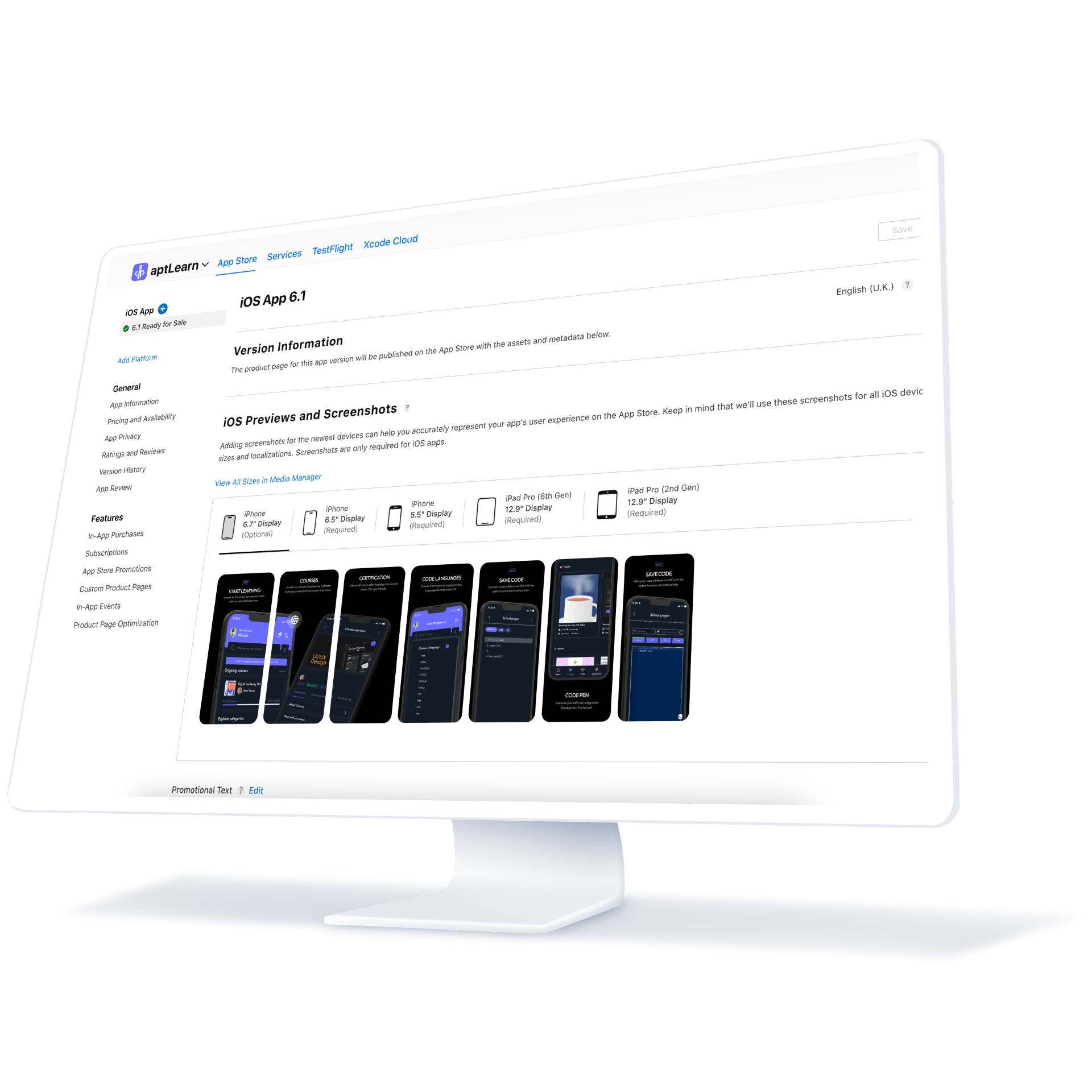
User interface testing: Rigorously test the app UI and workflow from the perspective of different user types, like owners, customers and delivery drivers. Check that buttons, menus and screens operate as expected. Confirm the app is intuitive and easy to navigate. Test on multiple device types to ensure responsiveness.
User testing: Have people from your target demographics test the real app. Watch them use it and note where they get stuck or confused. Ask for their subjective feedback on the experience. Iteratively improve the app based on test findings.
Load testing: Simulate high usage volumes to confirm the app and servers can handle peak demands without crashing or becoming unresponsive. Test with exponentially increasing loads.
Functionality testing: Develop automated tests to validate all app features and workflows function as intended. Re-run these tests after any code changes to catch unintended impacts.
Security testing: Perform penetration testing to check for vulnerabilities. Test authentication, encryption and access controls to prevent hacking, data theft or abuse.
Thorough testing is essential, but don’t overdo it either. Move to launching when you have sufficient confidence in the quality and stability of the app.
Launch planning: Develop a solid marketing plan to promote the app when it launches. Get the word out on social media. Run ads showcasing the app’s benefits. Offer promotions like first-time customer discounts to incentivize sign-ups.
Gather feedback: Closely monitor social media and app store ratings to gather real-world feedback. Respond promptly to bug reports and feature requests. Iteratively update the app to improve it over time.
With diligent testing and smart launch planning, you can debut a polished, user-ready app that successfully attracts and retains happy customers.
👉🏾 Other Swiftspeed users were also interested in: How to make money from apps Using Fremium app monetization
Maintenance and Future Development
Maintaining and improving a dry cleaning app over time is crucial for keeping customers satisfied and staying competitive. Here are some key areas to focus on:
- Bug fixes – No app is perfect right out the gate. Monitor user feedback channels like app reviews to quickly find and fix bugs. Release regular updates to squash bugs.
- Performance optimization – Make sure the app remains fast and responsive, especially during peak usage times. Profile performance to catch bottlenecks. Optimize images/code.
- Feature improvements – Allow users to submit feature requests. Regularly brainstorm and add new features that solve pain points. Prioritize must-have improvements.
- UI/UX refinements – Small tweaks to improve intuitiveness and aesthetics over time. A/B test variations. Analyze usage data to optimize user flows.
- Integration maintenance – If integrating with other software APIs, keep integrations up-to-date if APIs change. Monitor for issues.
- Security updates – Install security patches for frameworks/libraries. Be proactive about identifying vulnerabilities.
- Platform support – Expand support for new OS versions and devices. Ensure compatibility.
- Scaling infrastructure – Monitor usage and plan infrastructure improvements to maintain speed as app grows.
- Reviewing metrics – Analyze key metrics to make informed product decisions. Double down on popular features.
- Marketing and promotion – Maintain app visibility with existing and new marketing. Promote new features to encourage redownloads.
By diligently maintaining their app and adding improvements over time, dry cleaners can provide an excellent user experience that keeps customers coming back.
Make an app with Swiftspeed Appcreator
Create premium apps without writing a single line of code, thanks to our user-friendly app builder. Build an app for your website or business with ease.
Conclusion
A custom-built dry cleaning app can provide numerous benefits for dry cleaners looking to improve their business operations and customer experience. By optimizing order placement, pickup, delivery, and payment processes, a tailored mobile solution enables cleaner workflow automation, easier inventory and route management, and expanded customer reach.
Key features like online ordering, location tracking, route optimization, and mobile payment can reduce manual tasks, minimize errors, provide visibility into orders and inventory, improve driver efficiency, and give customers more convenience and transparency. Additional capabilities like loyalty programs, notifications, and garment care tips further enhance the user experience.
While developing a custom dry cleaning app requires careful planning around features, user flows, interfaces, and technical considerations, the end result is a modern platform that meets the specific needs of cleaners and customers. By leveraging the strengths of mobile technology, dry cleaners can gain operational efficiencies, differentiate from competitors, improve customer satisfaction, and position their business for long-term growth and success. With thoughtful execution, a custom-built app can be a strategic investment that pays dividends for years to come.


